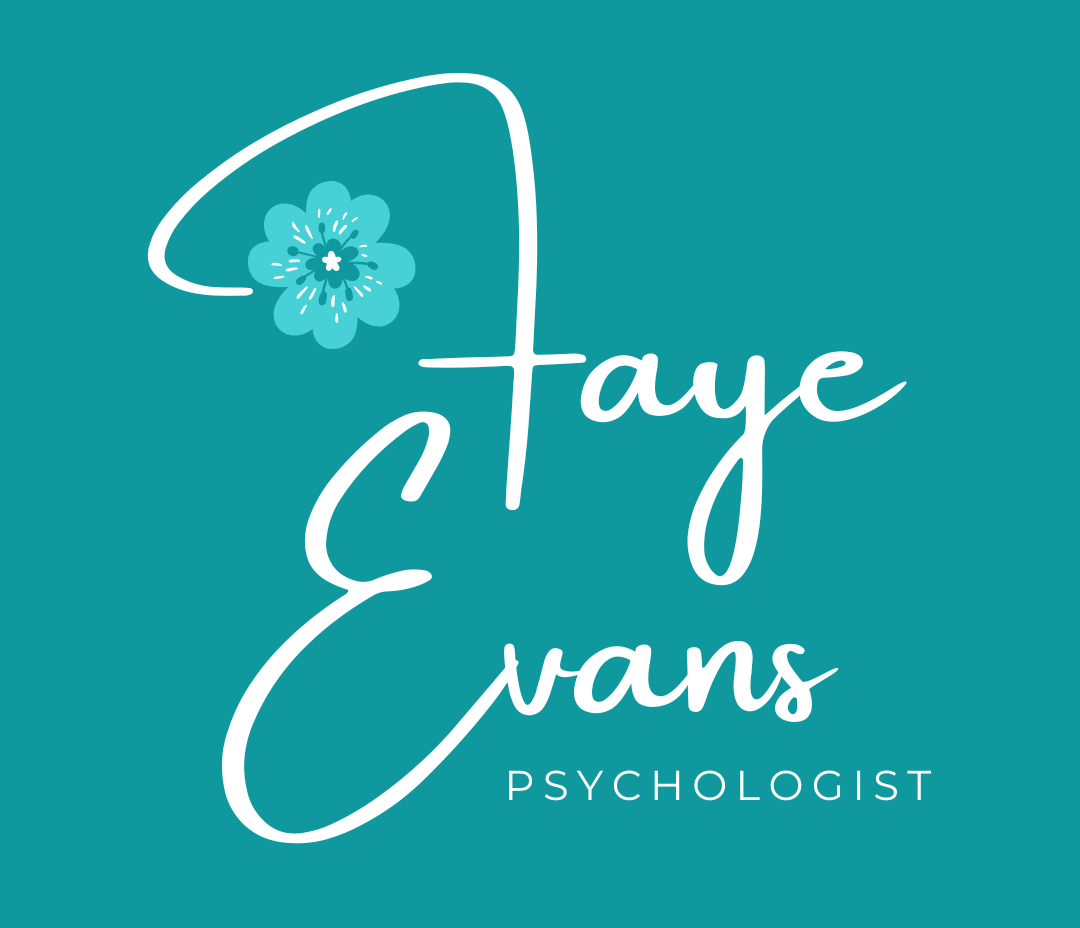In our fast-paced, hyperconnected world, stillness has become a rare luxury. Our minds are constantly pulled between notifications, responsibilities, and endless to-do lists. We live in what neuroscientist Daniel Levitin calls “the age of information overload,” where our attention, our most valuable mental resource, is fragmented across multiple streams of input.
Yet amidst this chaos, mindfulness offers us a quiet refuge. It invites us to return to the present, to come home to ourselves.
Mindfulness is not about silencing the mind or escaping reality. It is, as Jon Kabat-Zinn reminds us, “the awareness that arises through paying attention, on purpose, in the present moment, non-judgmentally.” It is a way of living awake. And in today’s world, it is not a luxury, it’s a lifeline.
Let’s explore how you can begin to live mindfully, even when life feels impossibly busy.
1. Make Time for Yourself Every Day: The Neuroscience of Recharging
In a culture that values productivity, rest can seem like indulgence. Yet, from a neurobiological perspective, it is essential. The brain’s default mode network, which enables self-reflection, creativity, and integration, only activates when we pause and step back from constant activity. When we embrace stillness, our brain consolidates learning, processes emotions, and restores balance. Taking even 10–15 minutes a day for yourself, without screens, goals, or external demands, can recalibrate your nervous system.
Activities like walking in nature, journaling, or listening to music allow your parasympathetic “rest-and-digest” system to come online. Stephen Porges’ Polyvagal Theory describes how this shift restores safety and calm to the body, moving us from survival to connection.
You cannot pour from an empty cup, and you cannot give from an overstimulated brain. This small act of daily self-devotion is not selfish; it’s neural hygiene. As neuroscientist Richard Davidson’s research at the Centre for Healthy Minds shows, contemplative practices build emotional balance and resilience by literally reshaping brain circuits related to attention and compassion
2. Be Present in the Moment: Training the Wandering Mind
Our minds drift almost 47% of the time, according to a Harvard study by Killingsworth and Gilbert. This ongoing mental wandering, between past regrets and future concerns, triggers the brain’s stress response, even when there’s no external threat. Mindfulness helps retrain this tendency to wander, steering us back to the present moment.
When you’re with someone, really listen. When you eat, enjoy each bite. When you breathe, feel the air enter and leave your body. These simple anchors, breath, sensation, and sound, stimulate the insular cortex, the part associated with interoception and embodied awareness. You start to inhabit your life, rather than observe it from a distance.
Presence is not about perfection; it’s about noticing. When your mind drifts, as it inevitably will, you gently return again and again. Each return is a neural repatterning, strengthening the pathways of focus and acceptance.
Neuroscientist Dan Siegel describes this as “integration” the process of linking different parts of the brain into a more harmonious whole. When we are present, our nervous system shifts from disorder or stiffness into coherence. We feel connected, balanced, and alive.
3. Learn to Accept Things as They Are: The Peace of Allowing
Acceptance is one of mindfulness’s most radical and liberating qualities. It doesn’t mean resignation or passivity; it means meeting reality as it is before trying to change it.
Neuroscience shows that resistance, rumination, denial, or avoidance activate the same neural networks as physical pain. When we fight what is, we amplify suffering. Acceptance, by contrast, engages the anterior cingulate cortex, helping us regulate emotion and move toward adaptive responses.
Life is impermanent. Every season, every emotion, every challenge arises and passes. When we learn to soften into this truth, we cultivate what Viktor Frankl described as “freedom between stimulus and response.” We stop reacting from fear and start responding from awareness.
This doesn’t mean we stop striving or improving; it means we do so from a grounded place of clarity, not control. Acceptance opens the door to compassion: for us, for others, and for the unfolding mystery of life.
4. Mindfulness in Action: Everyday Opportunities
Mindfulness doesn’t require silence or solitude. It can live in the heart of your daily life. You can practice:
- Mindful transitions: pause between tasks; take one conscious breath before opening a new email or stepping into a meeting.
- Mindful movement: feel your feet connect to the earth when walking; bring awareness to your posture and breath.
- Mindful communication: listen with presence, speak with intention.
- Mindful eating: notice the texture, flavour, and nourishment of your food rather than rushing through the meal.
Each moment becomes a portal to awareness. As Thich Nhat Hanh wrote, “Drink your tea slowly and reverently, as if it is the axis on which the whole earth revolves.”
5. The Science of Slowing Down
When you slow your breathing, your heart rate follows. The vagus nerve, the body’s main pathway to calm, coordinates heartbeat, breathing, and emotions. Mindful breathing, especially slow exhalations, activates this nerve, reducing cortisol levels and restoring bodily balance.
Regular mindfulness practice enhances neuroplasticity, the brain’s capacity to reorganise itself through experience. Studies using MRI scans show increased grey matter density in areas related to learning, memory, empathy, and emotion regulation (Hölzel et al., 2011). Over time, mindfulness transforms not just how we think, but how we are.
In essence, mindfulness reclaims our internal rhythm from the chaos of modern life. It teaches us that peace isn’t found in external circumstances; it’s cultivated within.
6. Coming Home to Yourself
Living mindfully in a busy world isn’t about retreating from it. It’s about engaging with the world with clarity, compassion, and embodied presence. You don’t need to move to the mountains or meditate for hours; you just need to pause long enough to notice: Where am I now? How do I feel? What does this moment ask of me?
Each breath is an invitation to return home, to the body, to awareness, to life itself. And in this homecoming, you discover what has always been true: peace was never elsewhere. It was waiting in the quiet beneath the noise, asking only for your attention.
References
- Davidson, R. J. (2012). The Emotional Life of Your Brain.
- Hölzel, B. K. et al. (2011). Mindfulness practice leads to increases in regional brain gray matter density. Psychiatry Research: Neuroimaging, 191(1), 36–43.
- Kabat-Zinn, J. (1994). Wherever You Go, There You Are.
- Porges, S. W. (2011). The Polyvagal Theory.
- Siegel, D. J. (2010). The Mindful Therapist.
- Thich Nhat Hanh (1975). The Miracle of Mindfulness.

